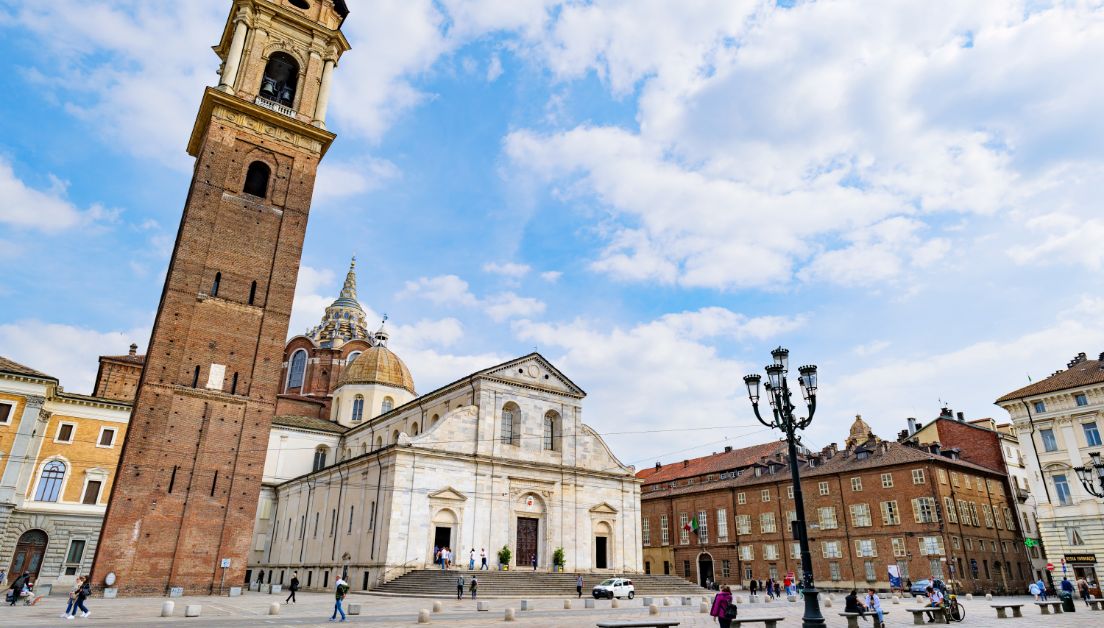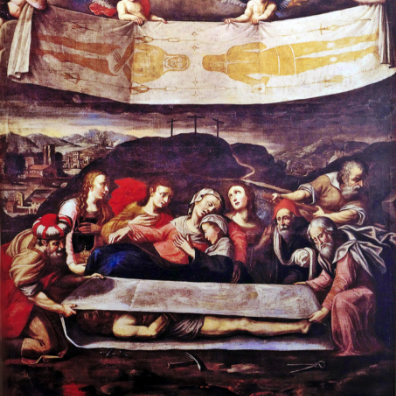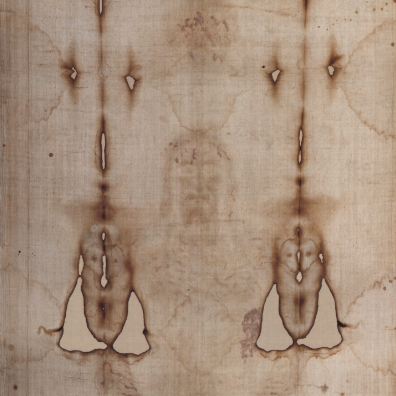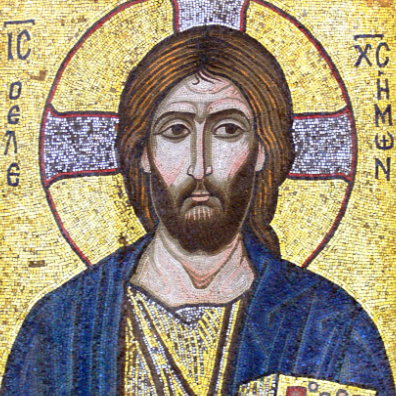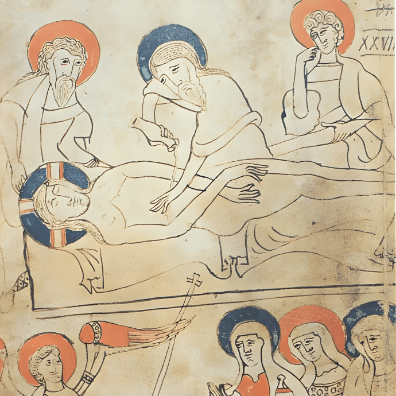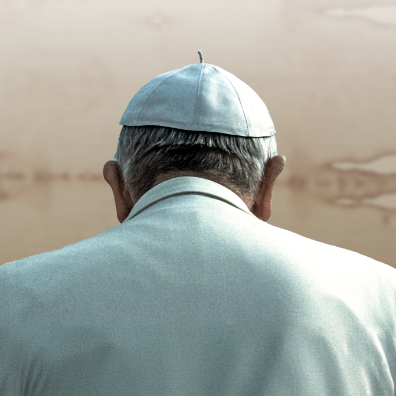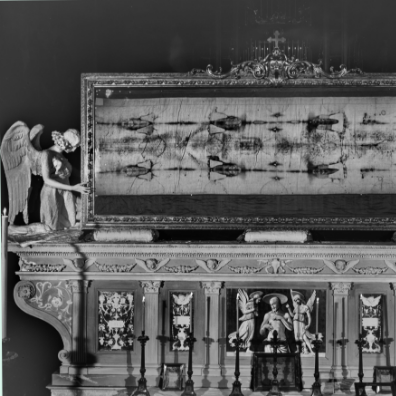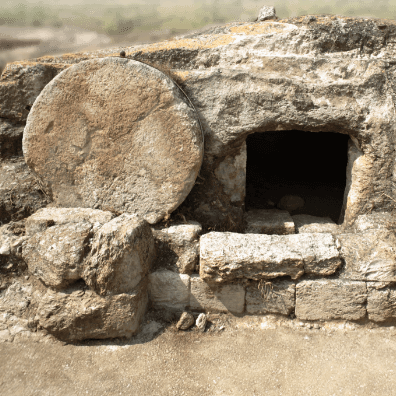The first documented public display of the Shroud occurred in a French village in the early 1350s. The French knight Geoffroi de Charny displayed the Shroud as the authentic burial cloth of Jesus in the small town of Lirey in Northern France. De Charny was known as an honorable knight, but he never disclosed how he came to possess the Shroud.
Seeking protection for the cloth during the Hundred Years’ War, De Charny’s granddaughter, Margaret de Charney, transferred the Shroud to the Duke of Savoy in 1453.
The Savoy family built a special chapel for the Shroud in Chambéry, France. Tragically, in 1532, a fire in the chapel damaged the Shroud, which was folded inside a silver chest. Two years later, the Poor Clare nuns of Chambéry patched the triangular-shaped burn holes and sewed on a backing cloth to strengthen the fabric.
In 1578, the Savoy family moved their capital to Turin, Italy where they built a new cathedral and palace. They also built a beautiful new chapel to house the Shroud. Today, the Shroud remains in the cathedral of St. John the Baptist in Turin.
In 1983, Italy’s last king, Umberto II of Savoy, bequeathed the Shroud to Pope John Paul II. It is now the property of the pope, with the Archbishop of Turin as its custodian.
In 1997 the Shroud survived yet another fire, this time in the chapel at Turin. Fireman Mario Trematore rescued the Shroud by smashing its glass case with a sledgehammer.
After centuries of changing hands and close calls with disaster, the Shroud remains intact, giving us the chance to unlock more of its secrets.


